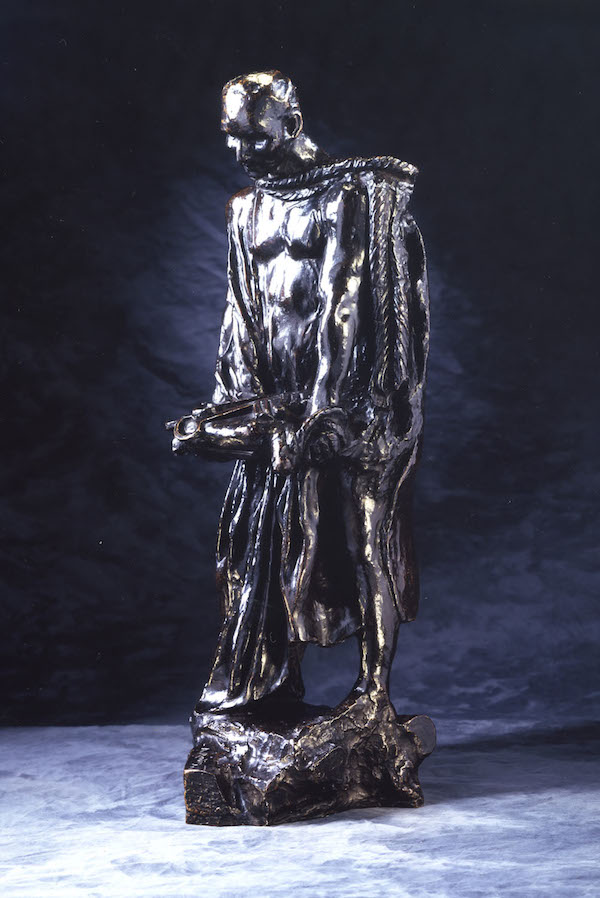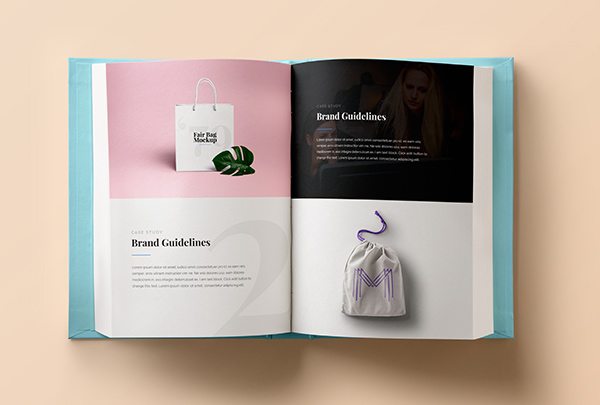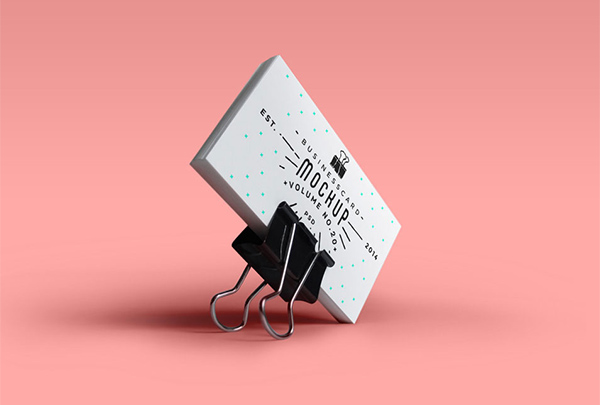
Jean d’Aire, Second Maquette
Jean d’Aire is one of the Burghers of Calais. In 1347, during the Hundred Years’ War, King Edward III of England laid siege to the French port of Calais. No food entered the city for 100 days. The King, camped outside the city with much of his Court, offered to end the siege if citizens of Calais would surrender the keys to the city gates – and would sacrifice their lives. Six citizens, or “burghers,” volunteered.
In 1884 the city of Calais decided to commemorate this remarkable act of patriotism by commissioning a monument to the event. Immediately intrigued by its possibilities, Rodin submitted a proposal and it was chosen by the committee in charge. In Rodin’s winning entry, the burghers – a bit larger than life size – mill about in a small group as if in the Calais town square. They prepare to begin their march to the English king’s encampment and their death. Each is an individual, each is at a different stage of life and each feels a different emotion as he grapples with the realization of what he has volunteered to do.
The idea that art could commemorate – even celebrate – heroism in defeat was new at this time. Perhaps it was a result of France’s need to minimize its loss in the 1870-1871 Franco-Prussian War – to say that something good happened despite the defeat – and to rally the country for future retaliation. Rodin’s Burghers of Calais conveyed this patriotic heroism by referring to individual sacrifice while simultaneously expressing civic pride in such sacrifice. The piece was commissioned for the site where the fourteenth century event actually occurred, so the sculpture was to be a daily reminder to the people of Calais of not only the event, but also the civic duty of citizens.
This nude image of the burgher exists because of Rodin’s working method. He would make many figure studies, both clothed and unclothed, of each burgher; these sketches in clay are called maquettes. So that the sculptor could be sure the entire body expressed the sought-after emotion, he did the nudes first. Only when he was sure of the body’s expressiveness would Rodin create other maquettes, this time clothed.
This nude Jean d’Aire is emaciated and thus conveys the deprivation of a citizen of a starving city. He is also stolid and determined, expressing courage and resolve in the face of death. He holds a cushion on which lie the keys to the city, as the English king had demanded.






No Comments